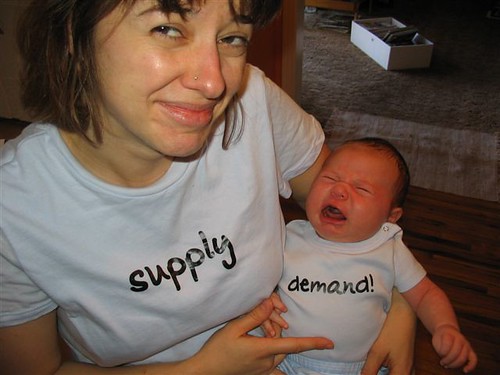Google.org is the not-for-profit arm of Internet search company Google.
After hearing about some of their initiatives, I was curious to learn more about Google.org. I contacted my friend Vint Cerf, Google Vice President and Chief Internet Evangelist and asked him if he’d come on the show to talk about Google.org and Google’s sustainability projects.
Vint very graciously agreed to and so we have this video. Thanks Vint.

